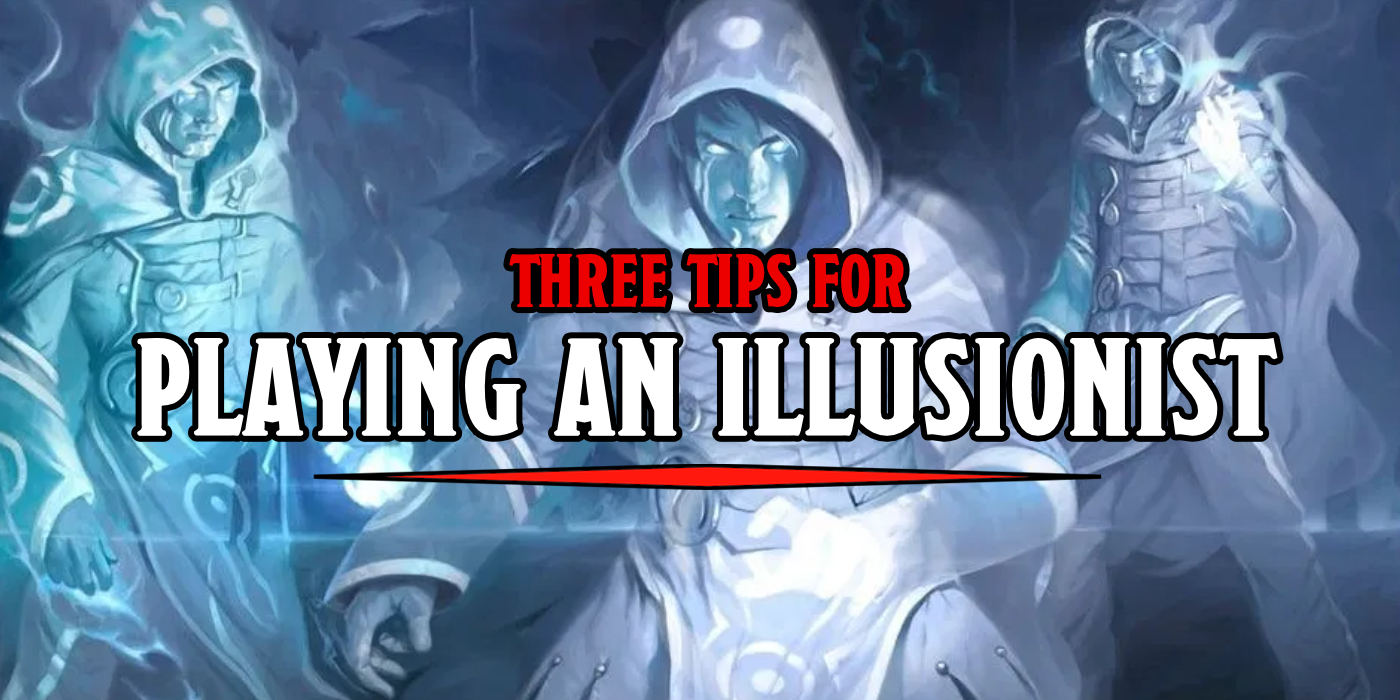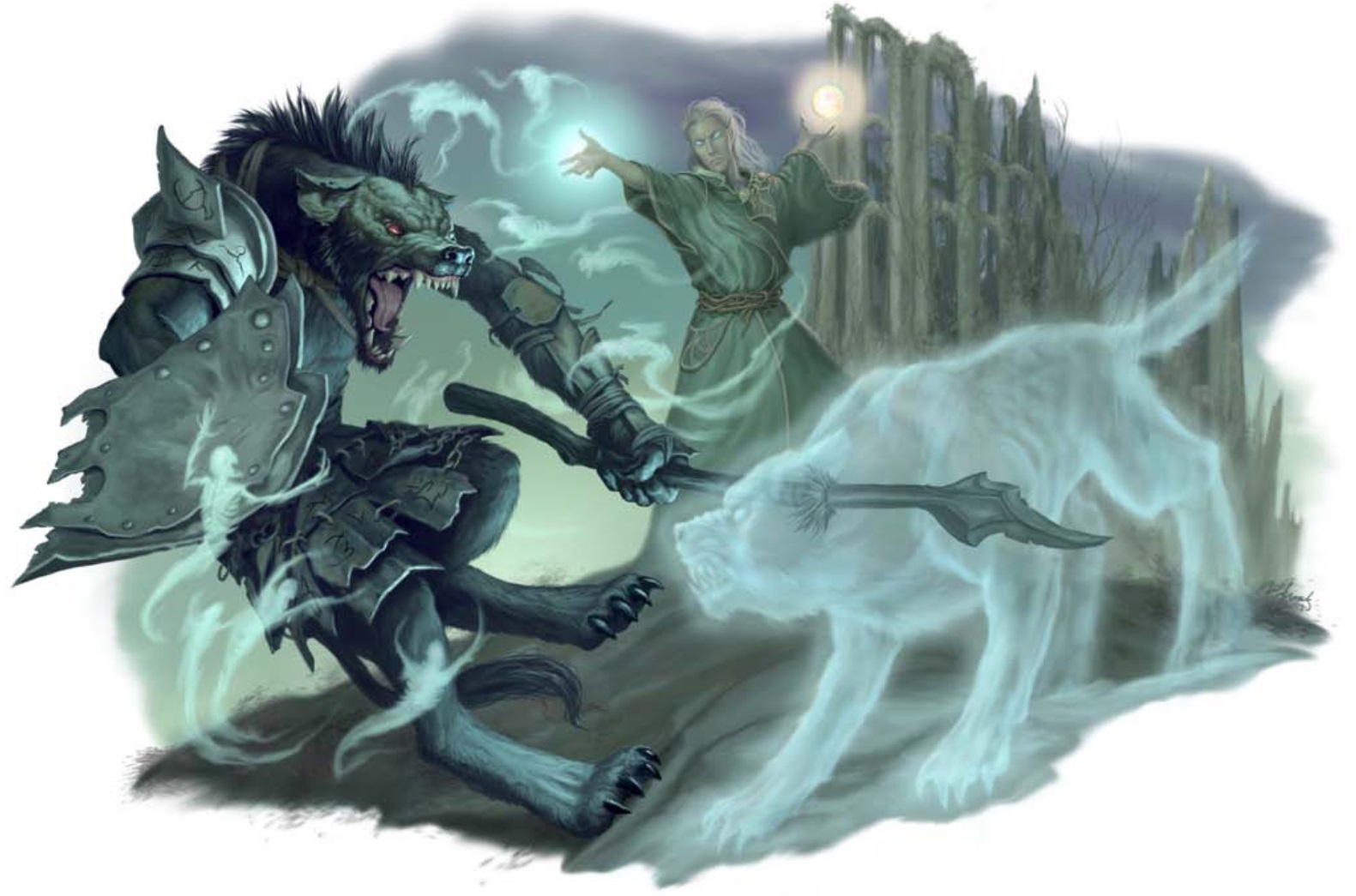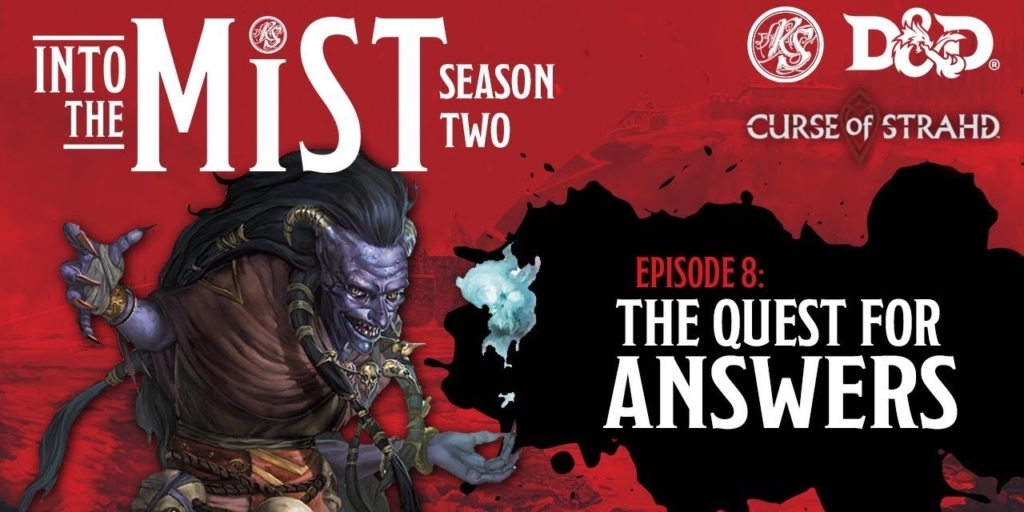D&D: So You Wanna Be An Illusionist…

Illusions can be very hit or miss if you’re not prepared to use them–here are a few tips to be the best illusionist you can be, no puffy sleeves required.
If you want to be an illusionist, you’ve got your work cut out for you. Not because Illusions are super hard to do in D&D, but because there’s a lot of ways to use them, but sometimes it all comes down to what your DM decides to do. And a lot of DMs seem to have it out for mystic effects that aren’t really there but also kind of are. Or they don’t know what to do with them, and your spells just sort of meander. How can you live your fullest illusory truth? Well, you can either decide to be Criss Angel, which is a decision no human should ever make, or you can check out the video below for a quick primer.
Now, a lot of the advice is focused on the DM, but there are some useful principles for any would-be illusionist.
The Road To Illusion Spells Is Paved With Clear Intentions
First up, a handy rule for dealing with anything and it’s: figure out what the players intend. Now, some DMs out there are born metagamers whose monsters always react with perfect battlefield knowledge even if their Int score is like a 5 or 6. And so a D&D session can be all about trying to outsmart the DM…which has resulted in players developing bad communication as a weapon against their DM’s bad habits.
Nothing like a player asking an open-ended, seemingly innocuous question about a detail of the world to set up some sort of Xanatos-esque masterstroke plan which is all dependent upon knowing that there are only five chairs at the table, you fool. But if you’re not playing with a jerk, it’s probably best to say what you want to get out of the spell.
Be upfront with the DM about what you’re trying to do, whether that’s creating something to hide behind, creating something to make yourself seem more powerful, disguising yourself, or are creating a diversion.
The Illusion Is In The Details
When you cast an illusion spell, think about it like trying to create some kind of particle effect. Sure, you have the unlimited power of the greatest computer in the world, the human brain, at your disposal. But when you’re imagining a fictional world it definitely has rules. So knowing how the illusion fits within the limits of those rules is a huge step towards getting it right.
Think about how the environment might change the way your illusion spell works. If it’s windy, does it react to the wind? Can it? Casting an illusion spell is your chance to borrow some of the DM toolkits and describe something. So get detailed with your description. Don’t just make an illusory rock to hide behind, talk about the weathered surface of the rock that bears the scars of aeons. Looking to trap someone? An illusion outside their room might make it look like they’ve traveled to a whole other world, depending on how powerful it is.
Get Creative
Finally, once you know what your spells can do look for ways to be creative. Did your mirage arcana replicate a high cliff? Do your characters use a free-form illusion to create the impression that they’re capable of casting world-ending magic? You absolutely should. Don’t expect to always get away with it–but Illusion is a school of magic all about using your tools in new ways.
How do you use Illusion in your games? Let us know in the comments! Happy Adventuring!




